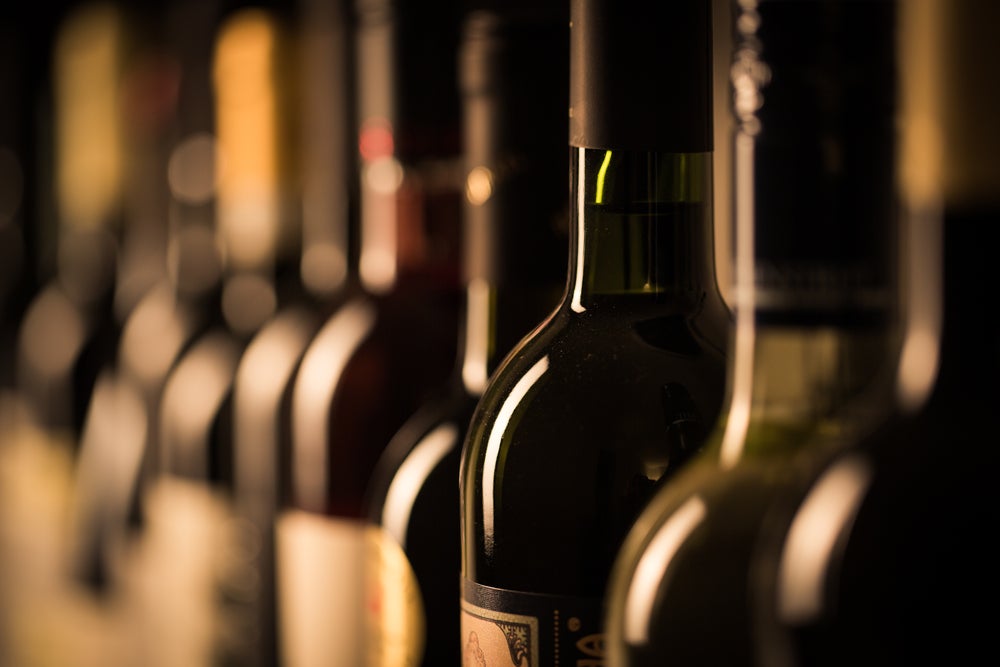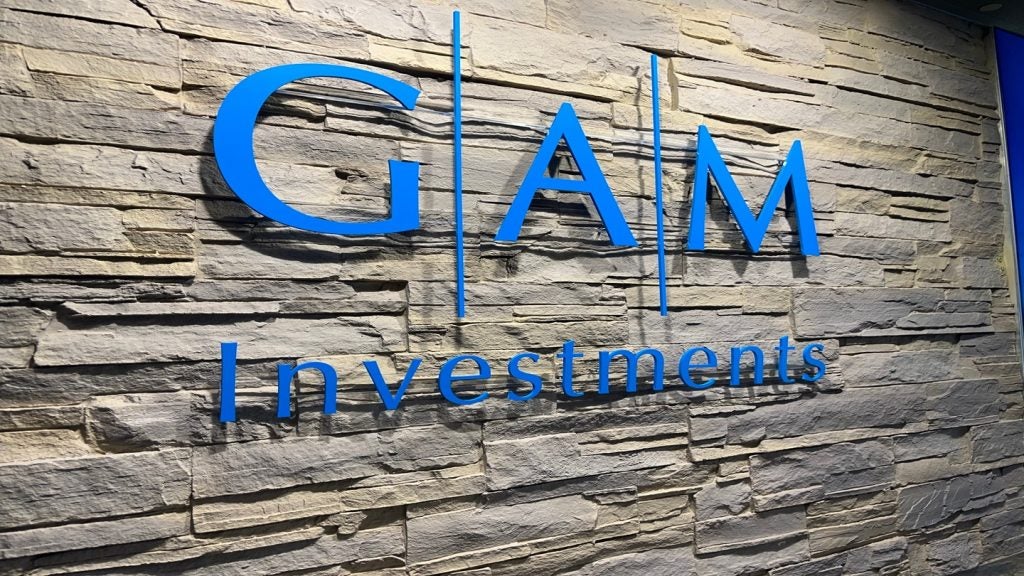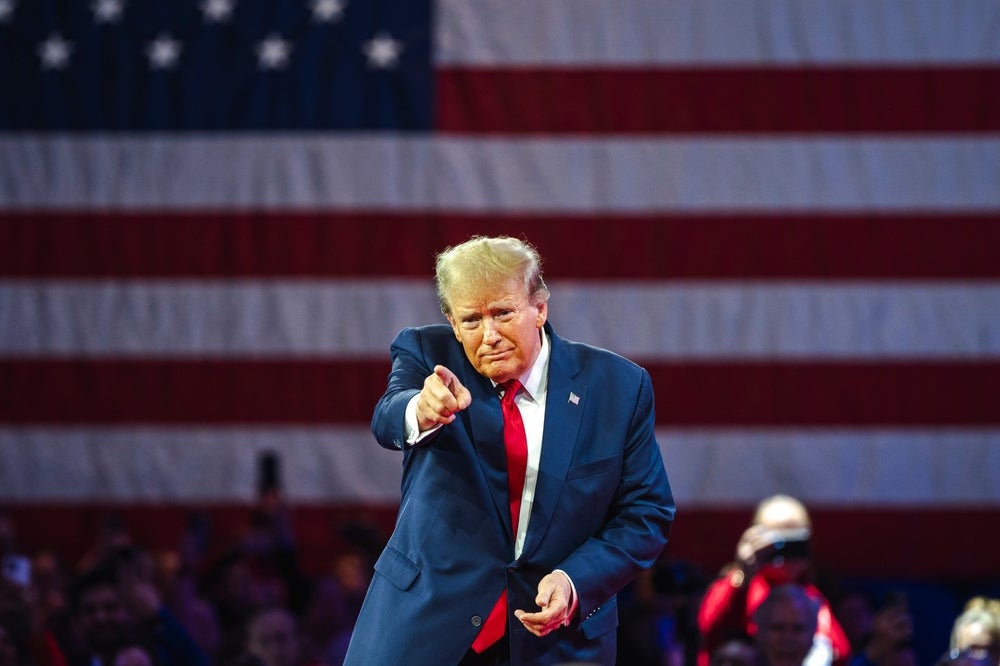
Stock markets have crashed to lows not seen since the global crisis of 2008. Traditional assets such as major indices and shares have always seen healthy investment appetite and grace almost every HNWI’s portfolio, but has the pandemic triggered a shift to alternatives? Mishelle Thurai investigates
The coronavirus pandemic started to create shockwaves throughout the world, impacting both lives and economies, from March 2020. The global death toll has reached an estimated total of 680,000, and headlines are still rolling in regarding concerns of second waves, with governments grasping anxiously to gain control. The world’s stock markets crashed to new lows, with the FTSE, US30 and other major indices plummeting in the space of 24 hours.
However, new investment opportunities were created in the process, and a flock of investors flooded to safe havens such as gold. HNWI investment appetite used to favour more alternative assets to diversify portfolios, leading many to venture into the art and wine sectors. However, has this changed since the global pandemic?
Pre-COVID outlook
Founded in 2007, Cult Wines currently has AuM in excess of £140m ($186m). It is headquartered in London, has offices in Hong Kong, Shanghai and Singapore, and will soon be opening in New York. Speaking to PBI, Cult Wines founder and CEO Tom Gearing describes current investment appetites, and notes that prior to the pandemic, investors seemed to be hungry for alternative investments such as wine.
Gearing states: “The asset [wine] is based on supply-demand economics, and this adds to diversification in a portfolio due to the correlation against traditional financial instruments such as equities. As such, appetite was growing as interest rates and exposure to the equities markets led many investors to diversify into fine wine.”
Investing with Cult Wines is a seven-step process, starting with defining a client’s objective, deciding the investment model, creating a portfolio, onboarding the client, and then going on to the selling of wine. Gearing notes that investment in alternative assets has not changed – and even seems to be rising steadily increasing post-Covid.
According to Capgemini’s 2019 World Wealth Report, HNW allocations shifted significantly, with cash becoming the largest asset class in the first quarter of 2019, and an increased focus on alternative investments. There has most definitely been an increase in alternative investment, with gears turned specifically towards real world assets such as fine wine, art and even music.
HNWIs are able to buy a real asset outright for the asset’s overall value to increase steadily over time, making it the perfect collectible. There has also been a noticeable rise in HNWIs adding real world assets into their investment portfolios, and actively managing them alongside traditional assets such as bonds and equities. The question also arises around the typical age demographic of those HNWIs who are most likely to favour investments in alternative asset classes.
Gearing notes: “As a general rule, and by the nature of the wealth-creation curve of many people, investing in fine wine has traditionally been in the 40-plus years age bracket, when wealth has been created and the importance of preservation and diversification becomes crucial to a balanced portfolio.
“However, we have seen an increase, especially in Asia, of a younger group of investors and young entrepreneurs moving into fine wine. We are also seeing an increase in women investing.”
Will this change in the coming years as a result of increased market volatility brought about by the pandemic?
The present climate
The global pandemic has caused market volatility like never before, and this has encouraged HNWIs to diversify their portfolios. Instead of hedging with more traditional assets, they have become increasingly interested in alternatives, as this has been seen as a way of diverging from assets that are influenced by geopolitical factors that cause the market to constantly fluctuate.
Speaking to PBI, Stephen Dowds, CIO at Hay Hill Wealth Management, comments: “Naturally, the COVID-19 pandemic has changed the investment landscape both within assets – such as the recent dominance of the technology stocks within the S&P – and between asset classes.”
“The broad consensus is that as economic activity normalises, the combination of stronger demand due to loose monetary or fiscal policy as well as a more constrained supply chain will lead to generally higher prices,” Dowds continues.
“This makes a stronger case for ‘real’ assets, as evidenced by the recovery in equity markets and all-time highs in the price of gold, typically seen by markets as a fairly well-correlated hedge against inflation.”
Dowds is not claiming that there has been a dramatic switch from traditional to alternative assets, but rather that there is a significant broadening of the investments used within alternative assets. Investors are able to rebalance their exposure away from less-liquid, higher-yielding assets to those that are more capable of performing in an environment of modestly rising inflation. This rebalancing could possibly result in a greater portfolio role for alternative asset classes such as vintage cars, art and wine.
Vince Truong, partner at Holborn Assets, adds: “Given that a lot of money has been made in traditional asset classes since the near-term market bottom on 23 March 2020, I am advising clients to seek diversification of their portfolios.
“Higher government indebtedness, a likely increase in taxation, probability of mid-term higher inflation than in the past two decades, weaker fiat currencies in real terms, and still relatively high valuations in some asset classes such as US equities suggest that traditional assets may not yield historic expected returns in the next three to 10 years.”
Truong continues: “Certainly, it won’t be like the past decade. In that environment, an asset class with low correlation to stocks and bonds with an attractive return-risk profile such as fine wine investment becomes an important allocation of assets.”
Regulatory changes
With the increased demand for alternative investments as a means of navigating the current volatility, will regulators need to evolve to meet the surge?
New regulatory disclosure statements and directives, such as MiFID II, which came into effect after the 2008 global financial crisis, require investors to have all the necessary information in order to make informed investment decisions. This bodes well for investment managers seeking HNW clients, as there is now a demand for greater diversification into alternative assets than demand from institutional investors.
The change in transparency is, in effect, a driving force in changing the dialogue towards alternative investments. As regulations change, alternative investments have been used in portfolios to minimise risk.
Gearing comments: “There have been many reports from private banks, family offices and wealth managers that clients have redesigned their portfolios to minimise risk, and fine wine is an ideal asset to consider.
“There are also many reports that wine consumption has increased during the pandemic, and that has been beneficial to the investment market as a factor to explore the sector and branch out into wine education and investment.”
The end for ESG?
While there seems to be increased demand for real world assets, what has happened to demand for environmental, social and governance (ESG) investments that was seen to be strong prior to Covid-19?
David Storm, head of multi-asset portfolio strategy at RBC Wealth Management, claims that ESG investments remain essential for 2020.
He tells PBI: ‘While most asset prices took a beating during the initial phase of Covid-19, ESG investments did better than most.”
While there is an evident increase in HNWI interest to alternative assets, there is also a desire to have ethical and social investment included in portfolios – even more so given the current economic and health crisis caused by the pandemic.
Storm continues: “Even during the crisis, clients wanted to talk about ESG investing. Once a client was interested in ensuring their entire portfolio had an ESG stance; they were doing this at the insistence of their young daughter, who asked them what they were doing to save the planet.”
Despite the drive for alternative assets, it seems that ethical and philanthropic investment decisions are still at the forefront for HNWIs, especially when making decisions for the family. There has also been a long-held misconception that investing in ESGs could come with lower returns, but this is not the case for alternative assets.
Storm adds: “The client had previously put off making ESG investments because they believed the performance of their portfolio would suffer, but in truth the opposite is the case: portfolio managers that embrace sustainable investment factors have significantly outperformed their peers.”
Prior to the global pandemic it appears that financial results from companies with good ESG ratings created a space for huge investor interest, making their shares more expensive.
Storm states: “The recent market pullback in most asset prices has made ESG stocks better value for long-term investors wanting to increase their sustainable investing exposure. Indeed, across the 10-year investment horizon, they’re relatively cheap now, so this could be a perfect moment to add some quality ESG companies to a portfolio.”
Demand for ESG investments has not fallen in comparison to alternative assets, in fact both financial instruments appear to be working hand in hand when it comes to drumming up investor demand in a post-pandemic financial environment.
However, there must be some challenges that alternative assets are facing in the current climate.
Alternative challenges
COVID has brought a number of restrictions and measures into effect, which has proven to be a challenge when it comes to investing in sectors such as art.
When the pandemic first hit, businesses such Christie’s, home to exclusive art fairs and auctions, cancelled events and closed their doors until further notice. Now that venues are slowly reopening, this presents a new challenge to collectors worldwide. The more traditional routes of investment have been blocked, and online channels have been scaled up to accommodate art investing. Yet this again will prove to be a challenge, as many will consider investing without seeing the asset in question as excessively risky.
When it comes to challenges with fine wine, Gearing notes: “The US trade tariffs are clearly a challenge to the market, yet this has had a benefit in the rise of value in other geographies. Italy and Champagne are key examples of markets that have become more attractive, with the Italy market index returning 1.6% for the year to date, and trade shares have doubled in the past five years.
“Changes in climate patterns have been seen as a challenge, but winemakers have for a number of years been working on new geography planting areas, new technologies and grape varieties to manage these concerns.”
While no one can yet fully understand the impact of the global pandemic on alternative assets, it remains clear that there is increased investment appetite, and that many HNWIs seem to be turning away from traditional asset classes due to the rapid increase in global market volatility.
Lesson learned
In the current market climate, it appears that safety and risk aversion are at the forefront when creating a portfolio or basket of assets. Investment managers are heading up portfolios with lessons learned from previous market volatility – the 2008 global financial crisis being a prime example – to make the best decisions on behalf of their clients.
At the present time, the assets gracing portfolios are ESGs and alternatives as a form of diversification. As headlines roll in proclaiming new stimulus packages around the world, it seems that central banks and major institutions are the two major market participants for institutional-grade bonds, which ultimately is pushing both retail and HNW investors towards alternative assets.
Private bankers should be preparing to meet increased investor demand for portfolio diversification with not only traditional assets and ESGs, but also with alternatives that are capable of providing them with higher long-term returns.







